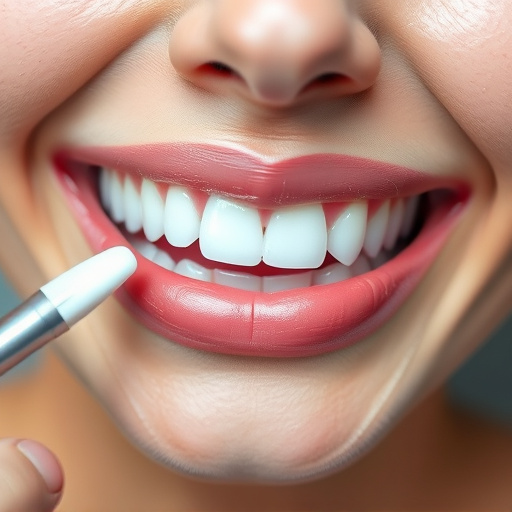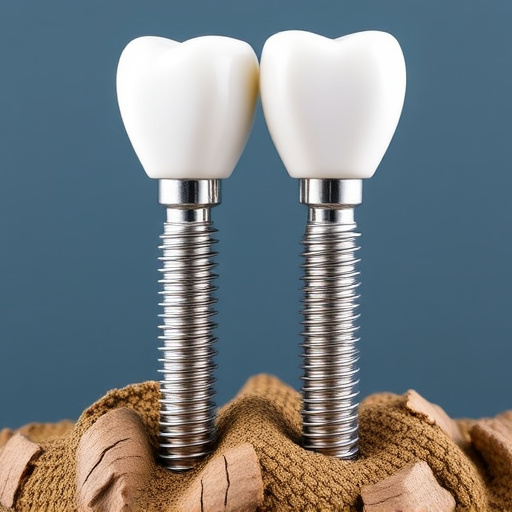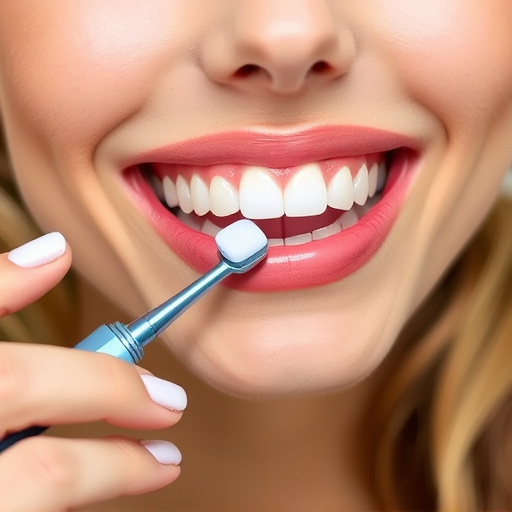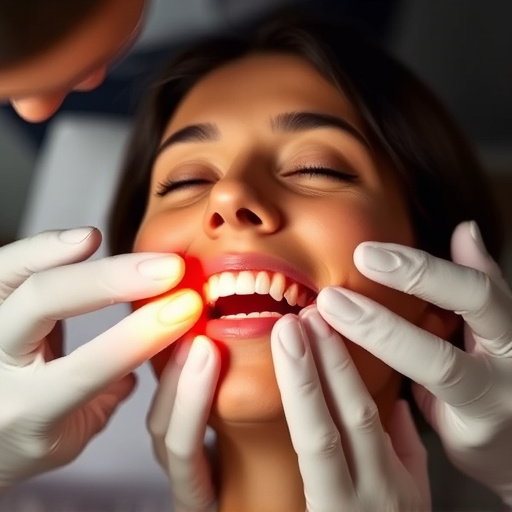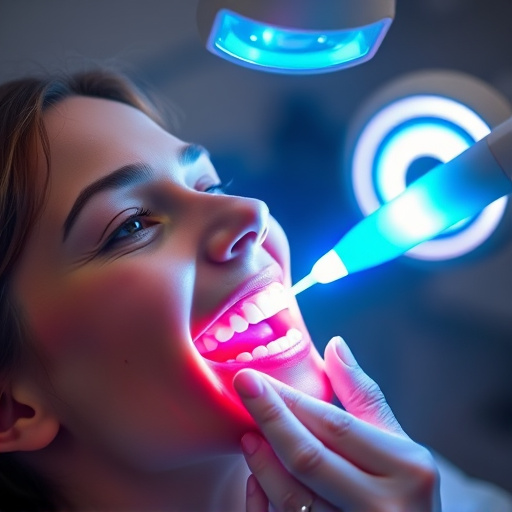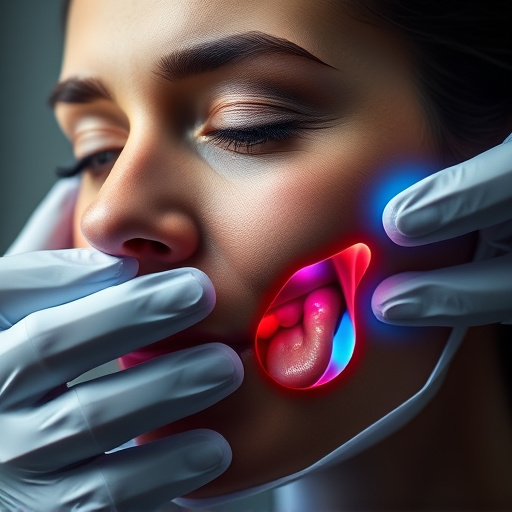Post-orthodontic care emphasizes dedicated routine dental maintenance: consistent brushing, flossing, regular check-ups, and prompt issue addressing to preserve straightened teeth long-term and prevent future complications like tooth decay or gum disease.
After orthodontic treatment, proper routine dental maintenance is crucial for achieving and maintaining a healthy smile. This article delves into the essential aspects of post-orthodontic care, guiding you through understanding your unique dental needs. We explore key components of daily routine maintenance, highlighting long-term benefits and potential complications that can be avoided with consistent care. By implementing these practices, you’ll ensure your new, straightened teeth remain healthy and durable.
- Understanding Post-Orthodontic Dental Care Needs
- Key Components of Daily Routine Maintenance
- Long-Term Benefits and Potential Complications Averted
Understanding Post-Orthodontic Dental Care Needs
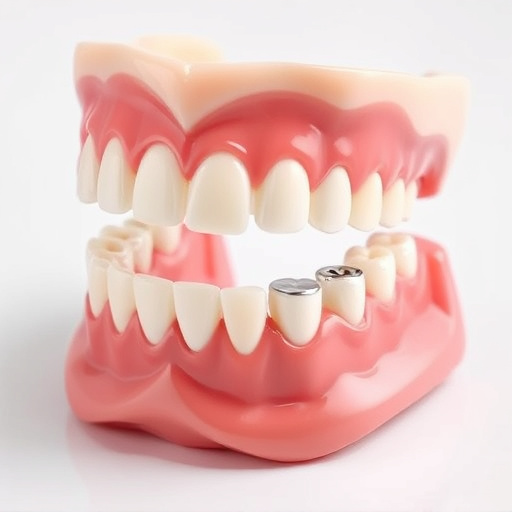
After completing orthodontic treatment, it’s crucial to understand that your dental care needs may have changed. This new phase requires a shift in oral hygiene practices and regular visits to ensure optimal results. The primary focus is on maintaining the alignment achieved during treatment and preventing any issues that could arise. One of the key aspects is continued routine dental maintenance.
This includes meticulous brushing and flossing techniques, as well as regular check-ups with your orthodontist and general dentistry professionals. They will monitor your teeth and jaws for any signs of complications, such as tooth decay or misalignments. It’s also important to keep up with comprehensive dental care by addressing any existing issues like cavities through fillings promptly to avoid further problems.
Key Components of Daily Routine Maintenance
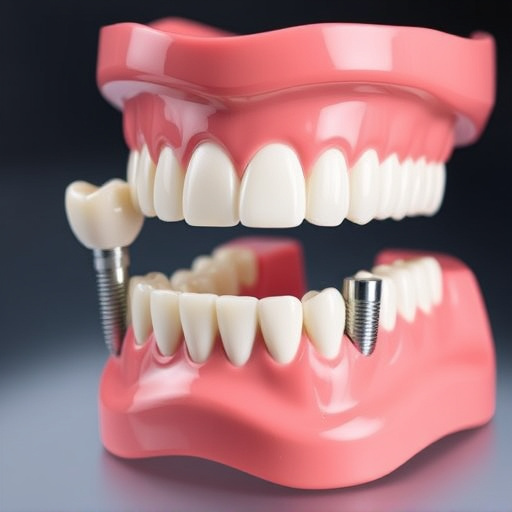
Maintaining good oral hygiene is paramount after orthodontic treatment to ensure your investment in straightened teeth pays off in the long run. A robust daily routine dental maintenance regimen includes several key components. Firstly, brushing your teeth twice a day with fluoride toothpaste is essential. Use a soft-bristled toothbrush at a 45-degree angle to your gums and spend at least two minutes each session to thoroughly clean all surfaces of your teeth. Flossing once daily is equally crucial as it removes plaque and food particles from between the teeth, areas a toothbrush can’t reach.
Additionally, using an oral irrigation device or mouthwash can help dislodge stubborn debris and neutralize bacteria. Don’t forget to replace your toothbrush every three to four months or sooner if the bristles become frayed, as this helps maintain optimal cleaning efficiency. Regular visits to your family dentistry office for check-ups and professional cleanings are also vital components of routine dental maintenance, especially after orthodontic treatment like wisdom tooth removal. Emergency dental care should be readily available in case of unexpected issues, ensuring you can address any problems promptly before they escalate.
Long-Term Benefits and Potential Complications Averted
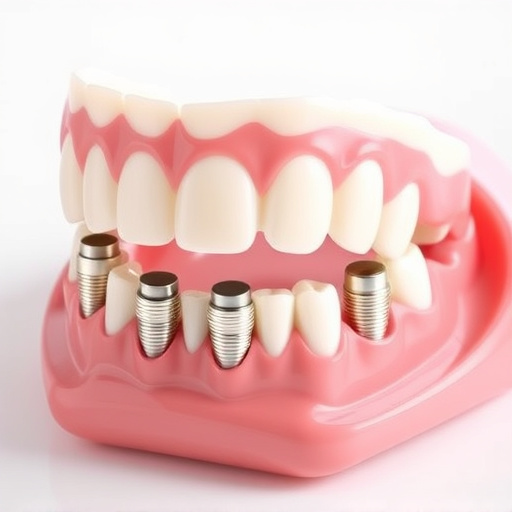
Maintaining a consistent routine of dental maintenance after orthodontic treatment is invaluable for securing long-term benefits and averting potential complications. Regular visits for routine oral exams allow dentists to monitor the health of your teeth and gums, ensuring that any issues are caught early. This proactive approach prevents minor problems from escalating into more serious conditions, such as tooth decay or gum disease. By keeping your smile healthy, you can avoid costly emergency dental care later on.
Moreover, proper routine dental maintenance is crucial for preserving the alignment achieved through orthodontic treatment. Regular cleaning and check-ups help maintain the integrity of your teeth and braces, reducing the risk of misalignment and ensuring that your investment in orthodontics pays off in the long run. This includes not only keeping teeth clean but also educating patients, particularly children’s dentistry clients, on proper oral hygiene practices to support their developing smiles.
Maintaining proper routine dental maintenance after orthodontic treatment is paramount for achieving and maintaining a healthy, beautiful smile. By committing to daily brushing, flossing, and regular dental check-ups, individuals can enjoy the long-term benefits of improved oral health and avoid potential complications like tooth decay or gum disease. Investing in post-orthodontic care ensures that your smile stays not just straight but also strong and healthy for years to come.

